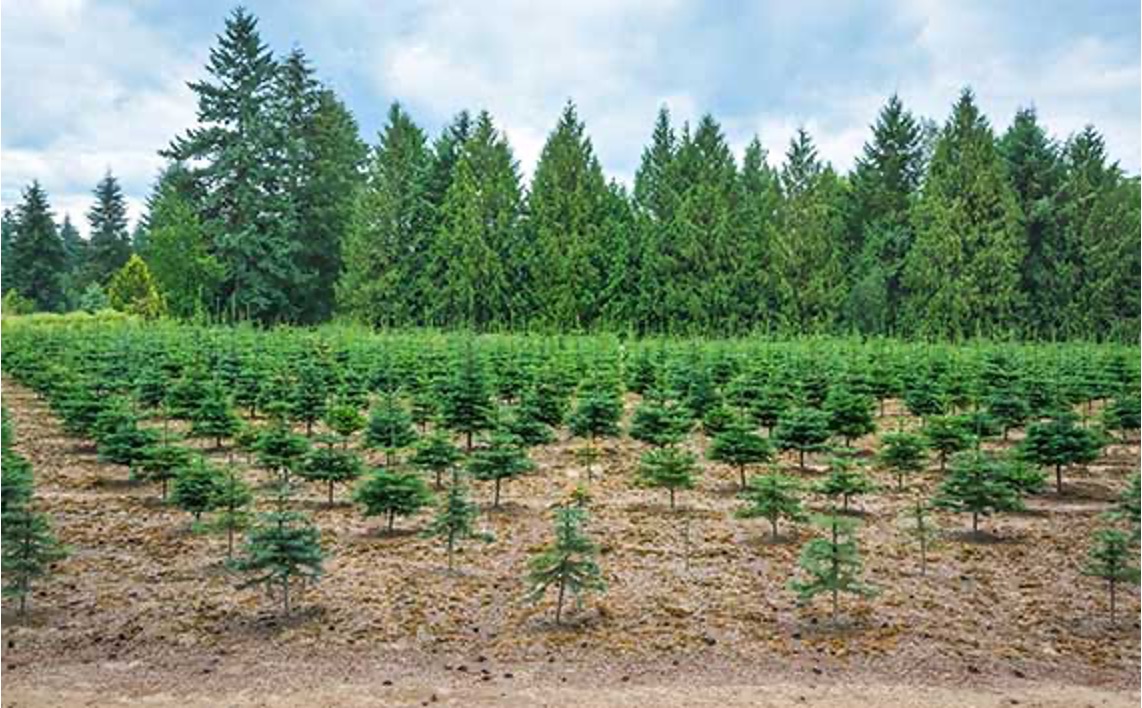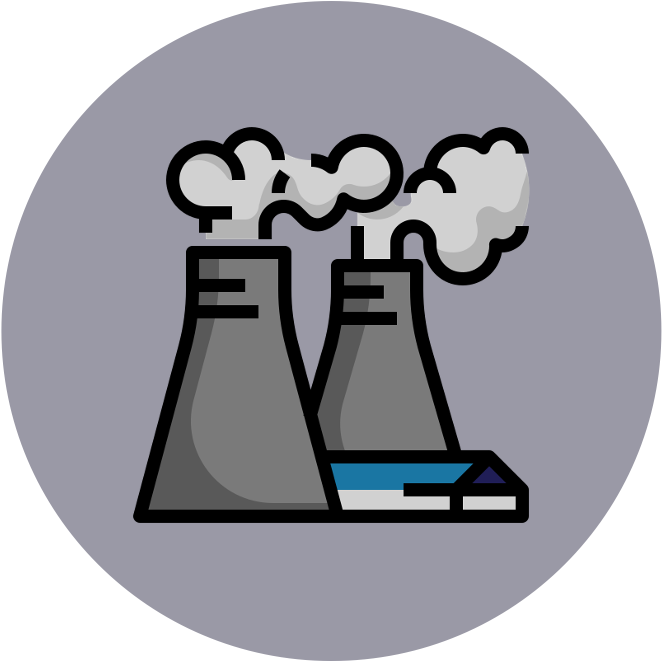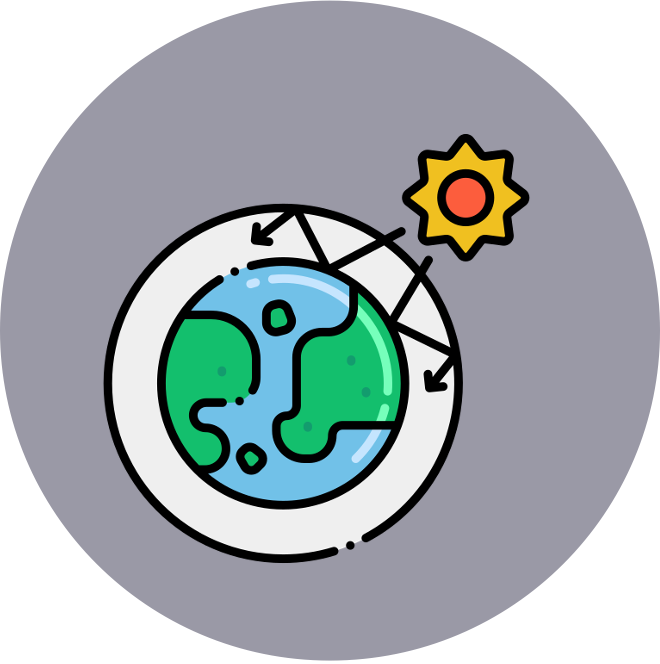

Sequestration
Carbon sequestration describes the process of capturing and storing carbon dioxide from the atmosphere (into carbon sinks)
-
By increasing the number of carbon sinks, carbon dioxide emissions can be offset (potentially minimising the consequences of climate change)
Carbon sequestration is accomplished naturally by both forests and peat-forming wetlands
-
The role of forests in carbon sequestration can be enhanced by forest regeneration (planting trees in deforested regions) or afforestation (creating new forests)
Wetlands act as a carbon sink because waterlogged soils cannot fully decompose plant matter – instead the organic material is converted into peat
-
Restoring peat-forming wetlands will increase their capacity to sequester carbon
There is currently active scientific debate as to whether planting non-native trees or rewilding with native species offer the best strategy for carbon sequestration
-
Non-native trees can be selected for their ability to sequester the maximum amount of carbon in the shortest possible time period
-
Rewilding with native trees may result in a slower carbon sequestration but allow for better support of indigenous organisms (promoting biodiversity)
Reforestation





